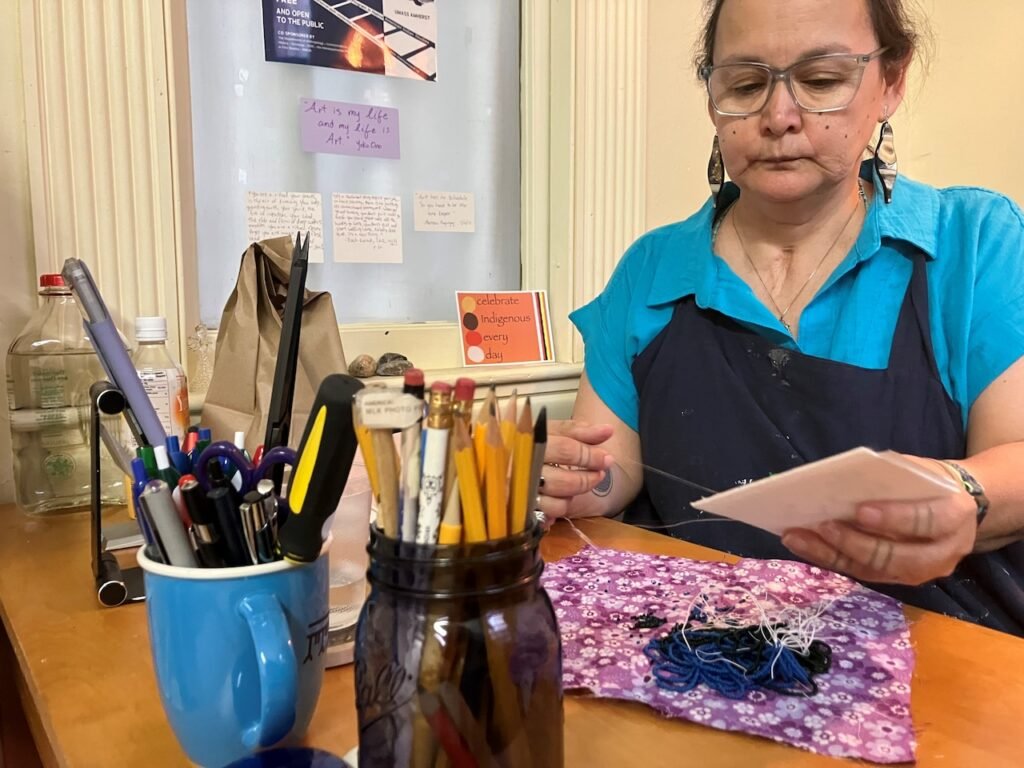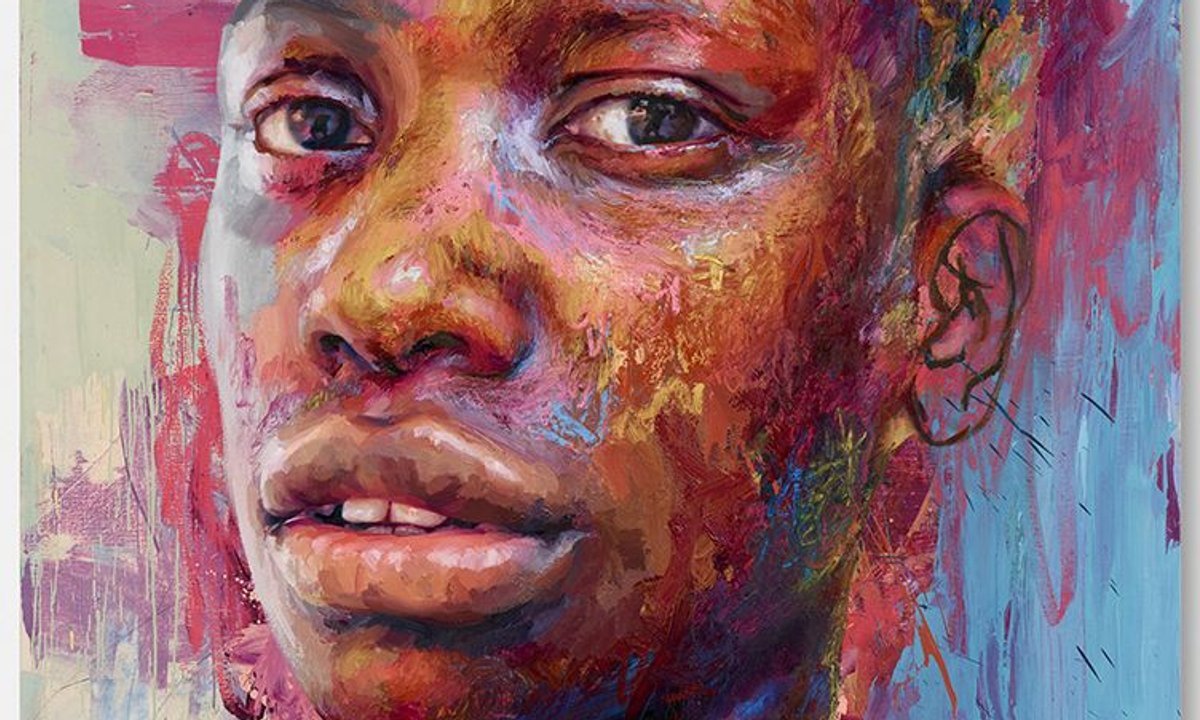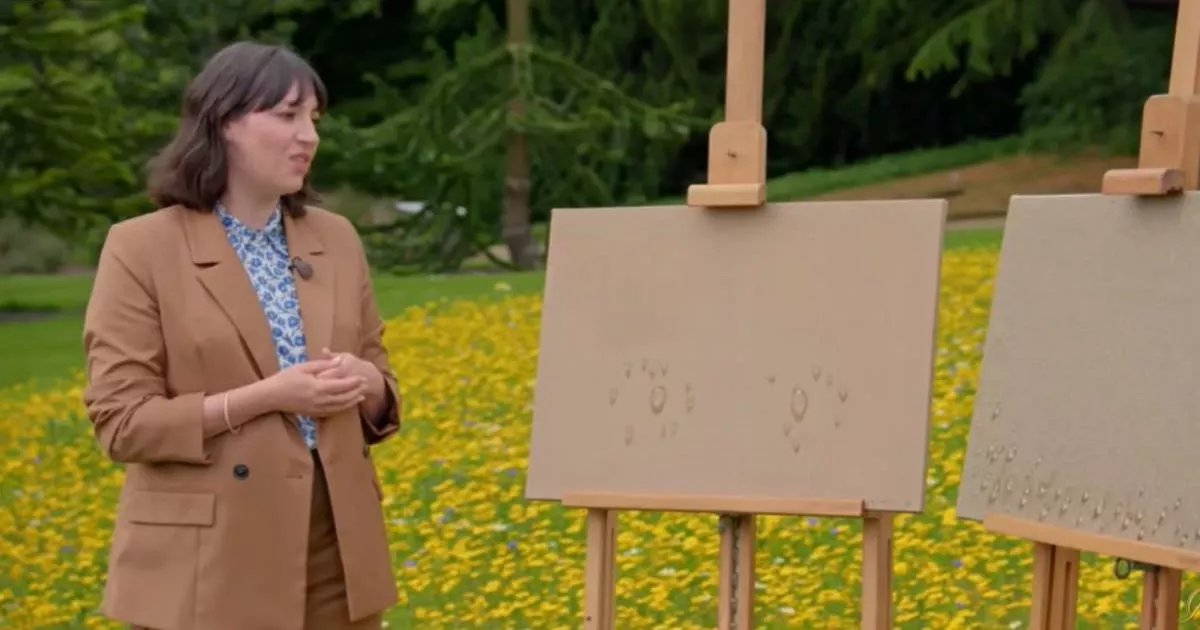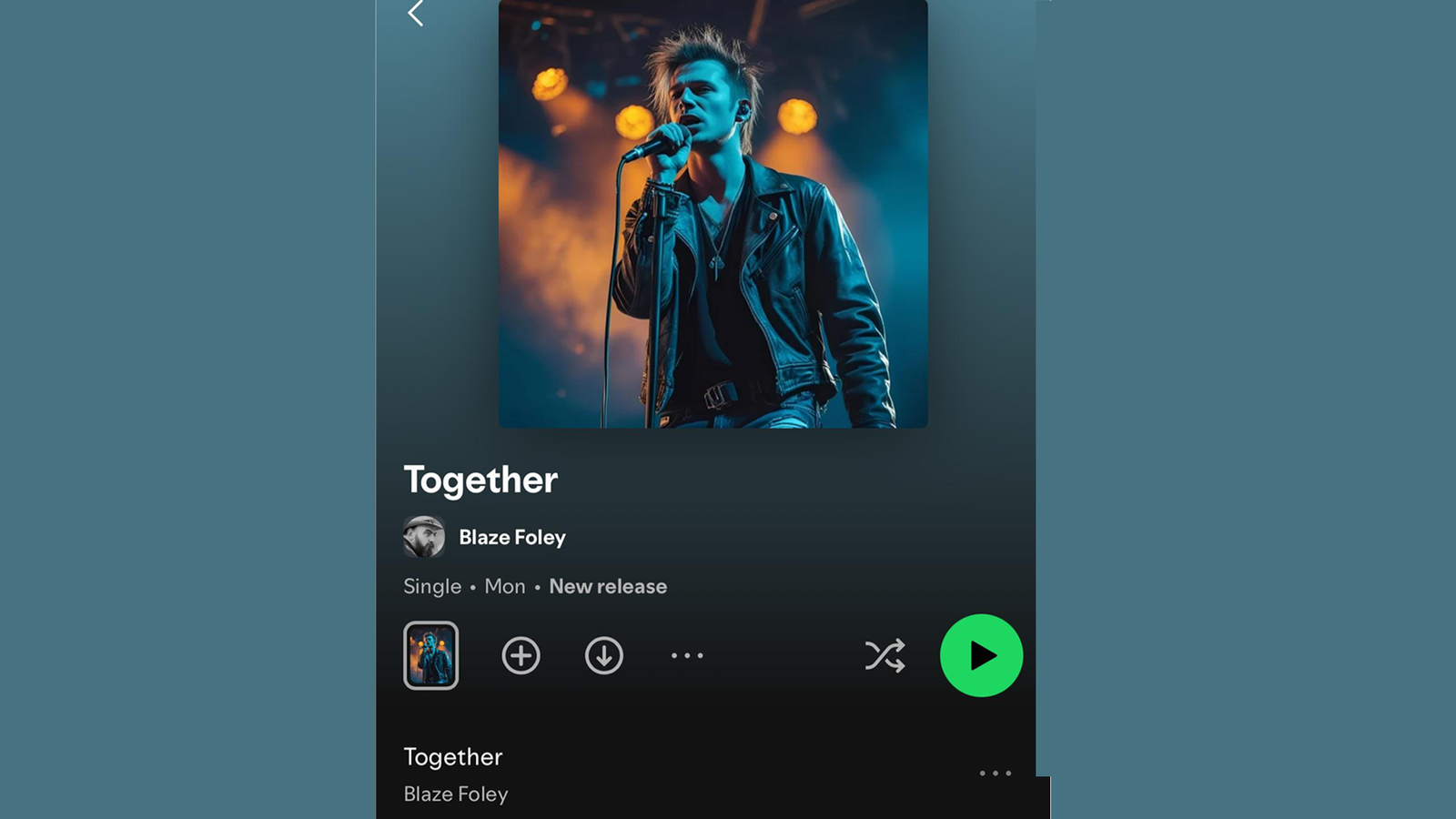NORTHAMPTON — Multidisciplinary artist Ella Alkiewicz held up her original piece, “Under the Atsanik.”
The canvas depicts a violet sky, snow-capped mountains, a moose standing on grass, and beneath its hooves are the bodies of those who remained on the land after the Canadian government forced Inuk families to leave their homes in the Labrador territory.
The painting narrates the story of her grandfather’s land, Alkiewicz said. Working from her studio in Northampton, Alkiewicz infuses Inuit culture into her art.
The Inuit are the indigenous peoples of Canada, comprising 53 communities and covering approximately a third of Canada’s landmass and half of its coastline.
“During an Easter Sunday service in 1959 in Hebron (in the province of Newfoundland and Labrador), officials told the Labrador Inuit they had to move and would no longer have basic services,” Alkiewicz said.
Alkiewicz said the announcement was made on Easter so families would not speak out against the decision.
Because homeland is a source of pride, a way of life and cultural identity, many Inuk people took their own lives. Their bodies remained on the land as the families moved away, she said.
Each canvas at Ella Alk Inuk art studio in Northampton has a story. Not only are they works of art, but they are also steeped in teachings and history wrapped in the traditional Inuit culture
“Each painting is a conversation, and each color is intentional,” she said.
The Inuit culture maintains its oral traditions as a method of learning and information is preserved through storytelling passed from one generation to the next.
Alkiewicz’s mother, Juliana Nathanael, 74, from Toronto, Ontario, is a survivor of the boarding school era, a period of time when indigenous children were forced into state-funded residential schools in an effort to integrate them into white society. Alkiewicz crafts pins resembling orange shirts to raise awareness about the intergenerational effects of residential schools. Orange Shirt Day is observed annually on Sept. 30.
“Mum says my work is healing, and I have found that to be true too,” she said.
Alkiewicz said inspiration for some of the stories she paints or writes often comes from her ancestors.
“I know it sounds hokey, but two of them (’The Face’ and ‘Brook Trout’) came to me in a dream. When I woke up and had to paint until I was done. For the ‘Brook Trout,’ when I was done, I did some research and found over 80,000 trout were captured and sold the year I was born,” she said.
She said the creative connection comes through her ancestors in other ways as well.
“My maternal grandmother was a basket weaver and I recently discovered in an article in the Inuit Art Quarterly my uncle also created art the same way I do. That connection is so personal,” she said.
In the studio, patrons can enjoy traditional images of Inuk life and culture through paintings, a lending library, newsletter, digital images and bead work.
All supplies and techniques used to create are retained from traditional Inuk artmaking customs.
Alkiewicz hails from Nunatsiavut in Labrador, one of the four regions in Canada that make up the northern homeland of the Inuit. The Inuk region is a beneficiary of the Nunatsiavut government.
The Inuit, numbering around 160,000, are dispersed throughout Chukotka in Russia, Alaska, Canada, and Greenland, making them the world’s most extensive Indigenous landholders.
Meanwhile, Alkiewicz’s work can be viewed at several places in Western Massachusetts.
Alkiewicz’s work will be showcased in the forthcoming anthology “You Were Made for this World,” alongside a piece by Inuit writer Norma Dunning. This painting can be viewed at the Main Street studio for a limited period.
In October, Alkiewicz’s original poem, “Tooyook Poodlat Carver Taluliyuk,” will be displayed alongside a whalebone sculpture on the third floor of the Smith College Museum of Art. Additionally, she will conduct a class for students.
Alkiewicz will host the month-long exhibition “Nunatsiavut Ullumi: Our Beautiful Land Today” at the 50 Arrow Gallery in Easthampton during November, which is also Native American Heritage Month.
“Hurry up and wait for what’s next,” she said. “We’re still here and our voices need to be heard.”






